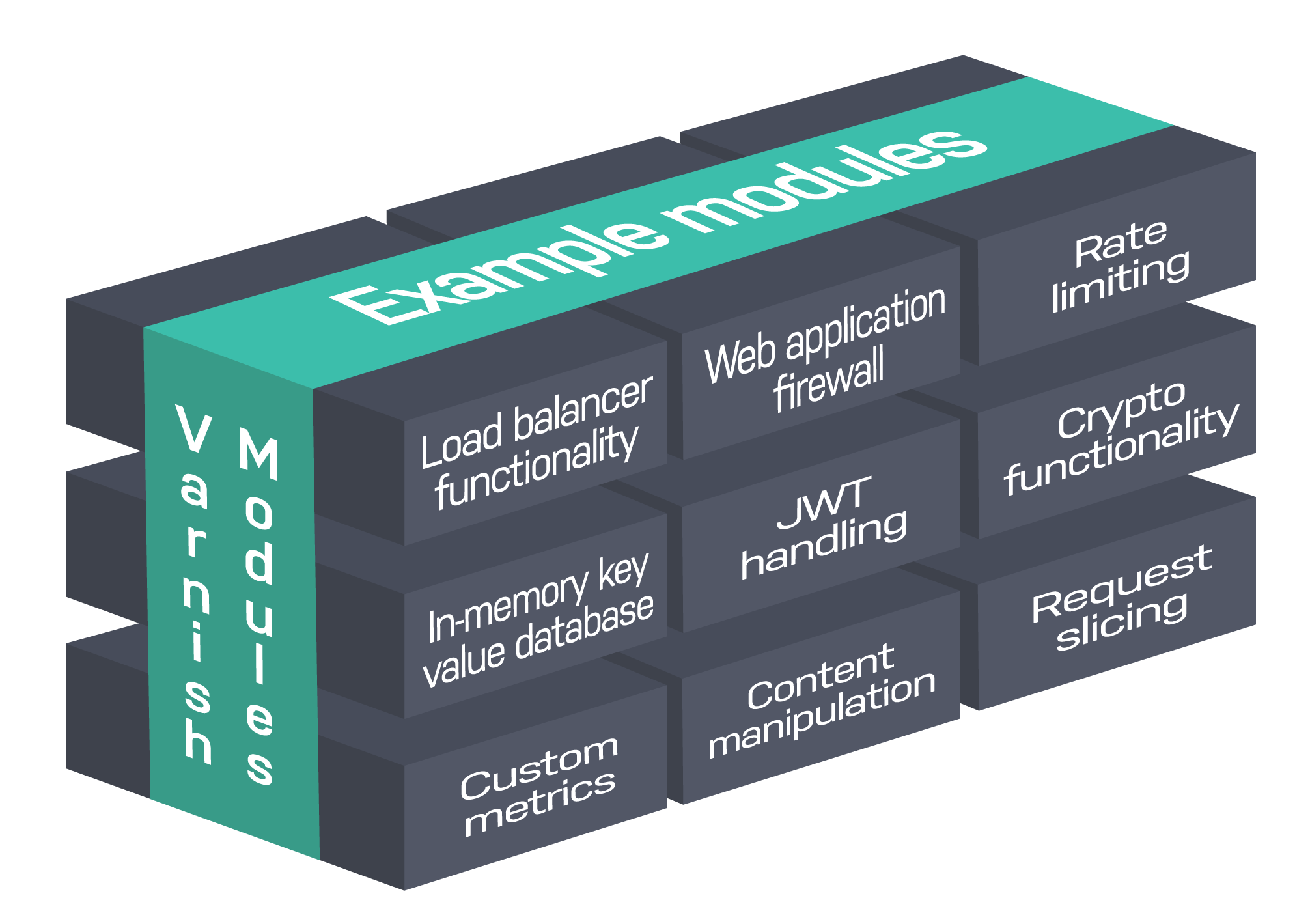Content delivery networks (CDNs) can be much more than just the workhorse of content delivery. Sure, that’s what they are designed for, but you can get much more from them if you’re able to extend their functionality -- everything from being able to create separate ‘tenants’ in your own CDN setup (for internal use or to sell CDN services on to external customers) to building in web application firewalls, cache replication, and load balancing functions, and much more.
Multi-tenancy options
We’ve discussed how performance and resilience are must-haves for content delivery networks, and making sure you’ve got both often demands coverage and redundancy beyond what a commercial CDN offering gives you. Private and hybrid CDN strategies help to deliver the cover you need. But sometimes you’re left with more capacity than you need, in which case you can create a multi-tenancy solution to either ‘rent’ the capacity out externally or create separate tenants for internal use, for example when different business units require completely separate operations. Varnish lets you do this with relative ease.
A full range of added functionality included
Varnish modules (VMODs) extend Varnish functionality to enable a surprising range of features. VMODs are built on the flexible Varnish Configuration Language (VCL) and add a larger set of capabilities to your setup, depending on what you need.

The power of VCL
VCL is a powerful edge compute language that gives you more granular control over the functionality you add to your setup. It lets you push out instant changes while Varnish is running. Block IPs during DDoS attacks, replace cached data with updated content, and more; all in real-time, all without downtime.
Expand your CDN horizons with Varnish
With VCL, Varnish Enterprise is endlessly programmable, so you can tailor it to your exact needs and deliver reliable, high-performance content delivery experiences that keep your users engaged.
Ready to learn more about flexing your CDN muscles with Varnish? Download the e-book.
/VS-logo-2020-197x60.png?width=136&height=60&name=VS-logo-2020-197x60.png)




